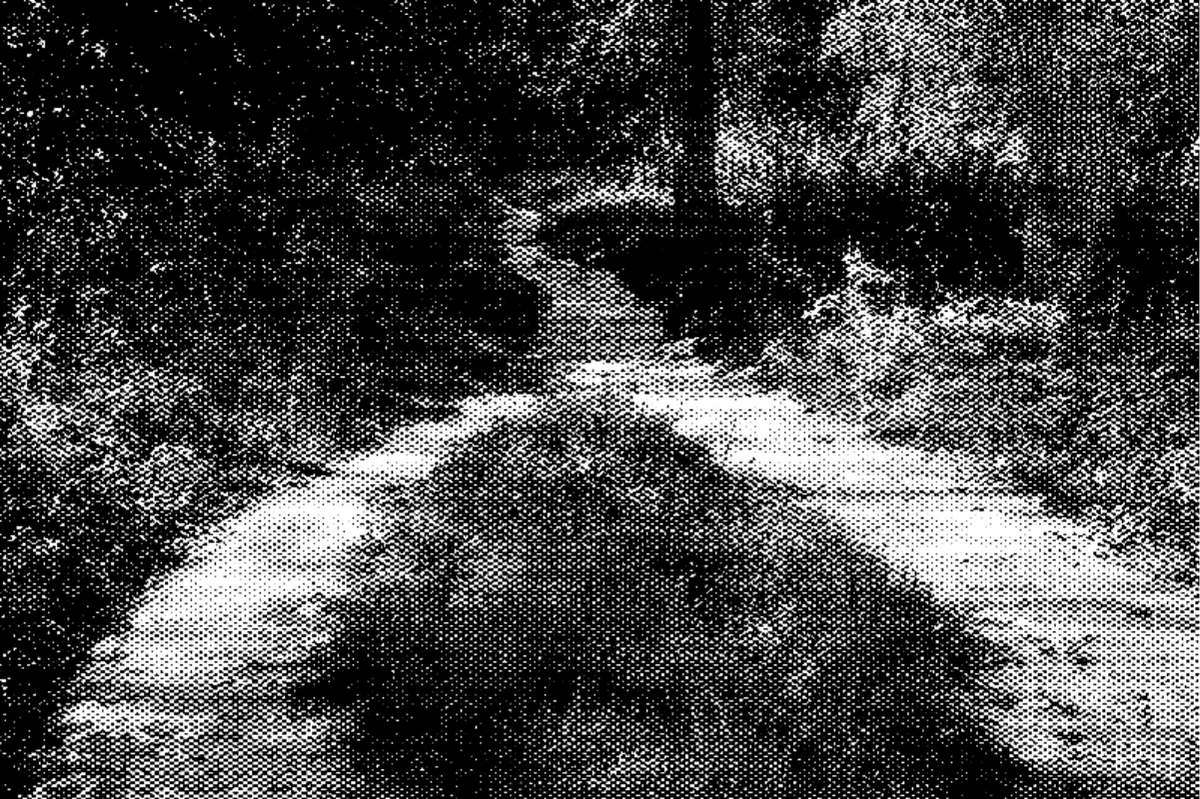The Clinic
I’ve traveled many roads in my 38 years in this Ohio Valley… needless to say, there have been some hard journeys. The road that I’m taking these days leads me to a place some of you may know: the clinic. It has a cheerful atmosphere and all their personnel are eager to help. For those who are unfamiliar with the clinic, it is there for opiate relapse prevention. It has two types of treatment options: methadone and suboxone. Currently, I am a patient there, and my life is the best it has ever been.
Some of our readers may know someone at home or in their workplace who is dependent on some type of pain medicine. Since the early ‘90s, I have watched my friends and loved ones deal with serious hardships and even death over this unfortunate epidemic. I have battled addiction since I was 10 years old. Through it all, I was fortunate to have a mother that was always there for me. However, my days of worrying about waking up sick are far behind me now.
I first learned about the clinic in Dallas Pike, WV, in 2004. Back then, it was primarily methadone treatment. Since then, they also have added a suboxone treatment. There are counselors and treatment specialists as well as recovery management groups, all of whom do their best to help, including assisting people with the forms needed for housing and transportation to and from the clinic.
Today I am working and paying bills, and I’m okay with that. It took me a hundred different tries to do well and stay out of trouble. The crazy thing about this life is that you never know what tomorrow brings. There are a lot of names on the wall at Heritage Port that have been lost to this opioid epidemic. It’s never too late to get your life back on your terms. I take my medicine every morning and night. Seeking treatment is not an admission of defeat or weakness, but of strength; it’s the first step in putting back together what’s left of your life and moving forward. It is a crutch, but it keeps you from going back out. It keeps you on schedule. It keeps you away from the dealers and keeps you away from the streets because you aren’t out there running, looking for dope. You aren’t chasing. People that are serious about their recovery and the future and life and their situation at the present take it as prescribed.
It’s all about what you want out of your life, what you want today. I mean, do you want to chase a drug and blow all kinds of money and hurt your loved ones? As well as yourself? Or do you want to grow up? Be responsible? Manage your life and choices you’ve made? I know firsthand it works if you truly want it to. I was brought up in church, and I always believed in Jesus and that God was always there for me. But like the great story Where the Red Fern Grows, I had to finally strap my boots on and meet Him halfway. You have to want to change for the better and you have to put in that work. Life has been so different since I got treatment. I can enjoy my life and spend it with my family, being there for them instead of calling from jail, rehab, or a psych unit. I still don’t always know what tomorrow will bring, but I do know this: as long as I keep putting the right foot first and keep my appointments I’ll be okay, today and tomorrow.
I’m glad you have taken a few minutes out of your day to read this. The clinic’s number is (304) 547-9197. Anyone battling opioid addiction may use Medicaid for their appointments and medication. All others pay out of pocket. You can call and schedule an appointment Monday through Friday from 6 a.m. to 3 p.m.
Editor’s Note: Medication-Assisted Treatment, also known as MAT, is a way to treat opioid use disorder. There are two medications generally used within MAT: Methadone and Suboxone. Methadone reduces cravings and alleviates the pain of withdrawal symptoms. Suboxone, which is a combination of buprenorphine and naloxone, also reduces cravings and withdrawal symptoms and inhibits the effects of other opioid drugs. Both of these FDA-approved medications provide stabilizing effects that are used to stop the seemingly unending cycle of euphoria, crash, and cravings. This cycle caused by opioids produces massive disruptions in a person’s life and often leads to death.
And it is true: these medications can still be abused, and it is possible to overdose on Methadone. Thus, there are a lot of politics surrounding the advantages and disadvantages of MAT. Some see it as enabling; others see it as a Godsend. Outside of this debate, statistics show that MAT is effective in its reduction of relapse. A study published in the Journal of Substance Abuse Treatment found that the relapse rate from buprenorphine treatment plans is 20.7%, and the relapse rate from abstinence-based treatment plans sits at 43.7%. And, per the Pew Charitable Trusts, “research shows that MAT significantly increases a patient’s adherence to treatment and reduces illicit opioid use compared with nondrug approaches.”
It is absolutely essential that all people in recovery, both those who are abstinence-based as well as those going through MAT, take a holistic, psychosocial approach on their recovery journey. This includes group and individual therapy, learning how to properly regulate emotions, job training, and finding a support system of loving individuals, among others. And, the physical conditions and underlying issues that led to their substance abuse must be fully addressed so that a person can find stability in their life. Recovery is complex, personal, and nonlinear. The best thing we can do is honor a person’s chosen path and support their pursuance of healing the mind, body, and spirit.

